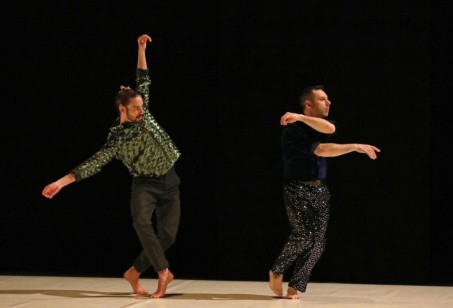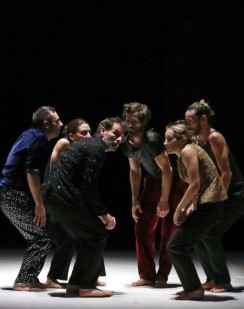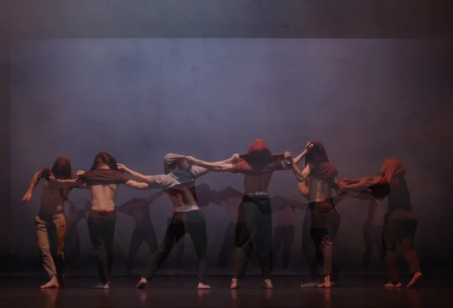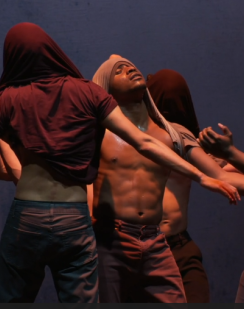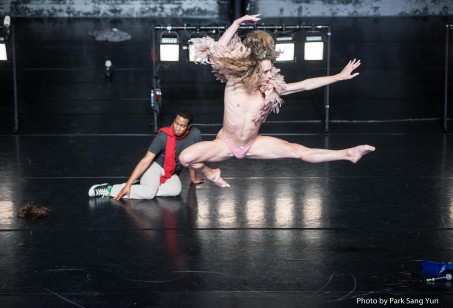A webdoc is a documentary enriched by various resources: videos, iconography, newspaper articles, soundtracks, links.
Discover the world of dance via webdocs, courses and virtual exhibitions
image
Titre
0Webdocs
Body
image
Titre
0Courses
Body
A Course presents around ten commented video extracts in voice-over as well as a downloadable thematic file to go further.
image
Titre
0Virtual Exhibitions
Body
A virtual exhibition offers a narrative approach to discover a work, an author's working process, a company or a structure.
All ressources
-
La part des femmes, une traversée numérique
VIADANSE Direction Fattoumi/Lamoureux - CCN de Bourgogne Franche-Comté à Belfort
-
The American origins of modern dance: [1930-1950] from the expressive to the abstract
The American origins of modern dance: [1930-1950] from the expressive to the abstract
-
MAPS - A EUROPEAN PROJECT FOR THE DEVELOPMENT OF SOCIETAL DANCE FILM
Maison de la Danse de Lyon
-
Carolyn Carlson, a woman of many faces
Numeridanse.tv
-
A Numeridanse Story
Numeridanse.tv
-
CHRISTIAN & FRANÇOIS BEN AÏM – VITAL MOMENTUM
Christian et François Ben Aïm
-
(LA)HORDE: RESIST TOGETHER
Université Lyon 2 - Arts de la scène et du spectacle vivant
-
Qudus Onikeku - Reclaim a forgotten memory
Maison de la Danse de Lyon
-
Noé Soulier Rethinking our movements
Maison de la Danse de Lyon
Discover the work of choreographer Noé Soulier through this exhibition, produced by a group of students from the University of Lyon 2 graduating from the Performing Arts and Performing Arts (theater and dance) master's degree, in collaboration with the Biennale de la dance - 2021 edition and Numeridanse.
Pagination
Your opinion interests us
